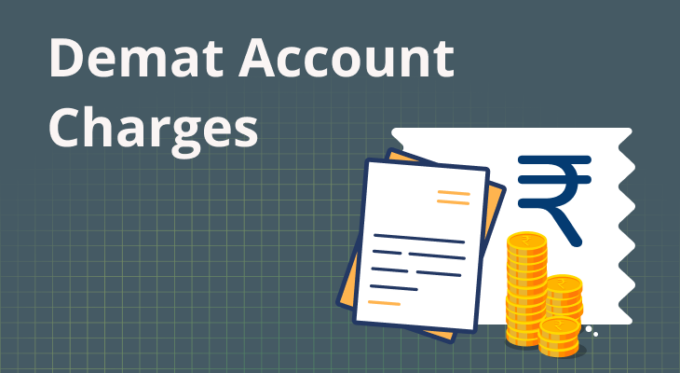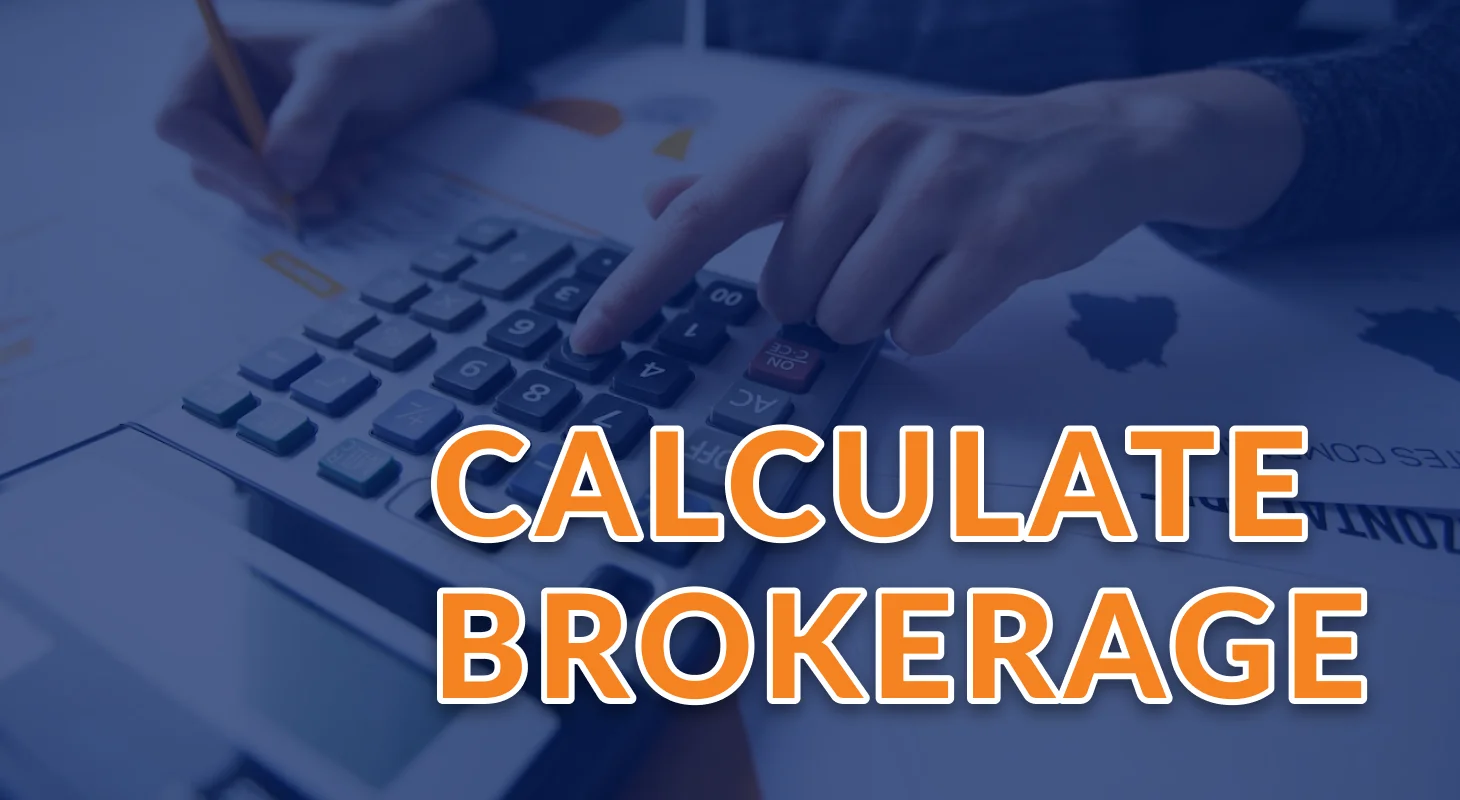Investing in the stock market and other financial securities has become increasingly popular. With the digitization of financial markets, one essential tool for investors is the Demat account. However, understanding the various charges associated with a Demat account can be complex and overwhelming. This is where a Demat calculator comes into action, offering investors a powerful tool to calculate and manage these charges effectively.
Types of Demat Account Opening Charges

1. Account Opening Fees
When you initially open a Demat account, many brokerage firms charge a one-time account opening fee. This fee can vary widely depending on the broker and your account type.
2. Annual Maintenance Charges (AMC)
AMC is an annual fee you pay your broker to maintain your Demat account. The amount can differ from broker to broker and depends on the type of account and the services provided.
3. Transaction Charges
Every time you buy or sell securities, you incur transaction charges. These charges can be fixed or variable and may depend on the value of the transaction.
4. Dematerialization Charges
You may be charged dematerialization fees to convert physical share certificates into electronic forms.
5. Pledge Charges
When you pledge your securities for collateral, you may face pledge charges. These charges can vary depending on the broker and the type of securities pledged.
6. SMS and Email Alerts
Some brokers charge for SMS and email alerts for various activities in your Demat account.
7. Inactivity Fees
You may be charged inactivity fees if you don’t make any transactions in your Demat account for an extended period.
Understanding and keeping track of all these charges is a daunting task for investors. This is where a Demat trading account calculator proves to be an invaluable resource.
How the Demat Calculator Helps Calculate Your Demat Account Charges?

Using a demat account opening calculator is typically straightforward. Here are the steps to follow:
1. Gather Information
Collect all the necessary information, including the type of transactions you plan to make (buy, sell, pledge), the volume of transactions, and the type of securities you intend to trade.
2. Visit the Broker’s Website
Most brokerage firms offer Demat calculators on their websites. Find the calculator tool and access it.
3. Input Your Information
Fill in the required details in the calculator, such as the number of transactions, the value of transactions, and the type of securities.
4. Get the Results
After inputting your data, the Demat calculator will estimate the charges associated with your Demat account.
5. Compare and Analyze
If you are considering multiple brokerage firms, use the calculator for each to compare the charges and make an informed decision.
Maximizing Returns with Informed Decisions

Armed with the knowledge of Demat account charges and the assistance of the Demat Calculator, you can make more informed investment decisions. Here are some tips to help you maximize your returns while keeping costs in check:
Choose Your Broker Wisely
Selecting the right broker is a crucial decision when it comes to maximizing returns while managing costs. Here’s an expanded look at this important factor:
1. Brokerage Fees:
Brokerage fees are not one-size-fits-all. Different brokers have varying fee structures. Some charge a percentage of the trade value, while others have fixed brokerage charges per trade. To make an informed choice, compare the brokerage fees of multiple brokers. Consider the type of securities you plan to trade and how frequently you will trade. If you’re a long-term investor, a broker with lower annual maintenance charges (AMC) and higher brokerage might be more suitable. On the other hand, if you’re a frequent trader, look for brokers with competitive per-trade charges.
2. Account Opening Charges:
While some brokers offer free Demat account opening, others may charge a fee. Ensure that you understand the account opening charges and how they fit into your overall investment plan. Sometimes, brokers may waive these charges as part of promotional offers or if you fulfill certain criteria like maintaining a minimum balance.
3. Quality of Services:
Beyond costs, assess the quality of services offered by brokers. Look at their trading platforms, research and analysis tools, customer support, and reliability. A smooth and user-friendly trading platform can make a significant difference in your trading experience.
4. Customer Reviews and Reputation:
Don’t underestimate the power of customer feedback and the broker’s reputation. Look for reviews and testimonials from other investors in India who have used the broker’s services. This can give you insights into the broker’s reliability and customer satisfaction levels.
Be Mindful of Trade Frequency
Trading frequency can have a substantial impact on your overall costs. Here’s a more detailed exploration of this aspect:
1. High-Frequency Trading:
If you plan to trade frequently, be aware that each trade incurs brokerage charges. For high-frequency traders, these charges can add up quickly. Additionally, the more you trade, the more you expose yourself to market fluctuations. It’s essential to have a well-defined trading strategy and risk management plan in place.
2. Day Trading vs. Long-Term Investing:
Consider your investment goals and trading style. Day traders aim to profit from short-term price movements, often executing multiple trades in a single day. Long-term investors, on the other hand, hold onto securities for extended periods. Depending on your approach, you may choose a broker that offers specific tools and resources tailored to your strategy.
Stay Informed About Tax Implications
Understanding tax laws and regulations in India is vital for optimizing your returns. Here’s a deeper look at this aspect:
1. Capital Gains Tax:
In India, gains from the sale of shares and equity mutual funds are subject to capital gains tax. Short-term capital gains (assets held for less than one year) are taxed at a higher rate than long-term capital gains (assets held for more than one year). Stay informed about the current tax rates and any changes in tax laws that may affect your investments.
2. Tax-Efficient Investing:
Consider tax-efficient investment strategies. For example, investing in tax-saving instruments like Equity-Linked Savings Schemes (ELSS) can provide tax deductions under Section 80C of the Income Tax Act. Consult with a tax advisor to explore tax-saving opportunities while staying compliant with Indian tax laws.
Regularly Review Your Demat Account
Your financial situation and investment goals may evolve over time. Here’s an expanded view of why reviewing your Demat account is essential:
1. Changing Investment Strategy:
As you gain experience, your investment strategy may change. You might shift from being a conservative investor to a more aggressive one or vice versa. Reviewing your account allows you to assess if your current broker and account structure align with your evolving strategy.
2. Cost-Benefit Analysis:
Periodically evaluate whether the costs associated with your Demat account and brokerage services are justified by the returns and services you receive. If you find that your costs are eroding your profits, consider exploring other brokerage options in India that better suit your needs.
3. Asset Allocation:
Revisit your asset allocation strategy. Ensure that your investments are diversified and aligned with your risk tolerance and financial goals. Adjust your portfolio as necessary to maintain a balanced and well-structured investment approach.
The Bottom Line

While a Demat trading account offers substantial convenience in today’s investing landscape, knowing the associated charges is crucial. Using this tool, you can confidently navigate the world of Demat account charges, making informed choices that align with your financial goals. So, before you embark on your investment journey, use the Demat calculator to calculate and manage your Demat account charges effectively. It’s a simple yet powerful way to ensure hidden costs don’t erode your investment returns.









